This article was medically reviewed by Jennifer Boidy, RN and by wikiHow staff writer, Eric McClure. Jennifer Boidy is a Registered Nurse in Maryland. She received her Associate of Science in Nursing from Carroll Community College in 2012.
There are 13 references cited in this article, which can be found at the bottom of the page.
This article has been viewed 204,523 times.
A wart is a skin growth that is caused by a benign virus in the top layer of your skin. Warts are typically not a cause for concern, but they can be embarrassing. Many people want to get rid of their warts because they are unsightly or simply annoying. Your doctor can remove your warts, and there are also several over-the-counter medications you can use to treat the problem. If you’re looking for home remedies, there are several things you can try. However, Epsom salts and daffodils may not be the solutions you’re looking for, so read on to learn more.
Steps
What’s the best treatment for warts?
-
1Salicylic acid is probably the most efficient solution. Salicylic acid may sound scary, but it’s a pretty simple and easy treatment. Just buy any wart treatment cream that contains salicylic acid and follow the instructions to apply it to your skin. Typically, you just soak your skin in warm water for 10 minutes or so and then exfoliate the area with an emery board or pumice stone. You put a small dollop of the acid on your wart and then let it be![12]
- There are also bandages out there with salicylic acid pre-soaked into the cotton pad if you want to hide the wart while you’re treating it.
- If you’re looking for natural options, rest assured that salicylic acid is a naturally-occurring compound![13]
- Eventually, the acid will shrink the size of the wart and it the affected skin will peel away on its own.
-
2You can use a freeze spray treatment to kill it off. Warts tend to shrink when they’re cold, and you can pick up a freeze spray from your local pharmacy to treat the wart. Just follow the instructions on the box to apply the cooling spray to your skin. Over time, the wart will shrivel up and fall off.[14]
- These freeze sprays are part of a treatment known as cryotherapy. If you go to see a dermatologist to have the wart professionally removed, this is how they’ll do it.
- Do not attempt to freeze the wart off with an ice cube! It won’t work, and you’ll just irritate your skin.
-
3Try duct tape if you want a 100% chemical-free option. This one sounds silly, but it works! Get a tiny strip of duct tape and lay it over the wart. Leave it in place for 2-3 days and then peel the tape off of your skin. Clean the area with soap and water, and apply a new bit of tape once you’ve dried the skin. Over time, the wart should peel away in layers.[15]
- It’s unclear why this works, but enough people have had success with it that it’s considered a solid option.
Expert Q&A
Did you know you can get expert answers for this article?
Unlock expert answers by supporting wikiHow
-
QuestionCan the area be washed after a liquid nitrogen application, and how long should I wait to wash it?
 Jennifer Boidy, RNJennifer Boidy is a Registered Nurse in Maryland. She received her Associate of Science in Nursing from Carroll Community College in 2012.
Jennifer Boidy, RNJennifer Boidy is a Registered Nurse in Maryland. She received her Associate of Science in Nursing from Carroll Community College in 2012.
Registered Nurse After this procedure, medically known as cryosurgery, it is important to follow the instructions given to you by your healthcare provider and then to direct any questions/concerns that you have to him or her. In general, after cryosurgery, you will need to cleanse the area with a mild cleanser and cool water, pat dry with a lint-free cloth, and apply any ointment recommended by your doctor. Avoid applying any other creams/serums/treatments on the area for 7 to 10 days, unless it has been approved by your doctor. It is okay to get the area wet while bathing, but in general, you should avoid swimming and hot tub use for at least one week after the procedure or while the skin is still open.
After this procedure, medically known as cryosurgery, it is important to follow the instructions given to you by your healthcare provider and then to direct any questions/concerns that you have to him or her. In general, after cryosurgery, you will need to cleanse the area with a mild cleanser and cool water, pat dry with a lint-free cloth, and apply any ointment recommended by your doctor. Avoid applying any other creams/serums/treatments on the area for 7 to 10 days, unless it has been approved by your doctor. It is okay to get the area wet while bathing, but in general, you should avoid swimming and hot tub use for at least one week after the procedure or while the skin is still open. -
QuestionHow do you treat a wart on the face using Epsom salt?
 Jennifer Boidy, RNJennifer Boidy is a Registered Nurse in Maryland. She received her Associate of Science in Nursing from Carroll Community College in 2012.
Jennifer Boidy, RNJennifer Boidy is a Registered Nurse in Maryland. She received her Associate of Science in Nursing from Carroll Community College in 2012.
Registered Nurse Currently, there is no research to support the effectiveness of Epsom salt to remove a wart and there is little information even anecdotally (other people's experiences). You may want to try forming a paste of Epson salt by moistening, and then applying it to the wart and then covering the wart with gauze and a bandage. My recommendation is to try an over the counter wart treatment or consult with your physician first.
Currently, there is no research to support the effectiveness of Epsom salt to remove a wart and there is little information even anecdotally (other people's experiences). You may want to try forming a paste of Epson salt by moistening, and then applying it to the wart and then covering the wart with gauze and a bandage. My recommendation is to try an over the counter wart treatment or consult with your physician first.
Warnings
- Visit a doctor if the wart is discharging pus, bleeding, or if it becomes painful. Any change in the size or color of the wart should also be checked out.[18]⧼thumbs_response⧽
- If the wart does not respond to self-treatment or you want it permanently removed, visit a doctor to explore your options.[19]⧼thumbs_response⧽
References
- ↑ https://health.clevelandclinic.org/7-things-you-probably-didnt-know-about-epsom-salt/
- ↑ https://www.canr.msu.edu/news/epsom_salt_as_a_home_remedy
- ↑ https://www.stepalivefootandanklecenter.com/docs/Instuctions%20For%20Plantar%20Wart%20Treatment.pdf
- ↑ https://health.clevelandclinic.org/7-things-you-probably-didnt-know-about-epsom-salt/
- ↑ https://health.clevelandclinic.org/7-things-you-probably-didnt-know-about-epsom-salt/
- ↑ https://missouripoisoncenter.org/epsom-salt/
- ↑ https://health.clevelandclinic.org/7-things-you-probably-didnt-know-about-epsom-salt/
- ↑ https://pubchem.ncbi.nlm.nih.gov/compound/Magnesium-sulfate#section=Methods-of-Manufacturing
- ↑ https://www.nhs.uk/conditions/contact-dermatitis/causes/
- ↑ https://patient.info/skin-conditions/contact-dermatitis
- ↑ https://www.britannica.com/plant/narcissus-plant
- ↑ https://www.aad.org/public/parents-kids/healthy-habits/parents/kids/warts-get-rid
- ↑ https://pubchem.ncbi.nlm.nih.gov/compound/Salicylic-acid
- ↑ https://www.aad.org/public/parents-kids/healthy-habits/parents/kids/warts-get-rid
- ↑ https://www.aad.org/public/parents-kids/healthy-habits/parents/kids/warts-get-rid
- ↑ https://www.nhs.uk/conditions/warts-and-verrucas/
- ↑ https://www.nhs.uk/conditions/warts-and-verrucas/
- ↑ https://www.health.harvard.edu/diseases-and-conditions/how-to-get-rid-of-warts/
- ↑ https://www.aad.org/public/diseases/a-z/warts-treatment
About This Article
To remove a wart with Epsom salts, start by finding a tub, sink, or bowl to soak in and some Epsom salts, which you can find in most drug stores or grocery stores. Fill the tub or bowl with warm water and add an amount of Epsom salts based on the package instructions. Then, soak the body part with the wart for 30 minutes. If the wart is still attached, use a pumice stone to gently exfoliate your skin to remove the remnants. To finish, dry off the area and smooth a non-irritating moisturizing lotion over your skin. For tips from our Medical co-author on how to use daffodils to get rid of a wart, read on!

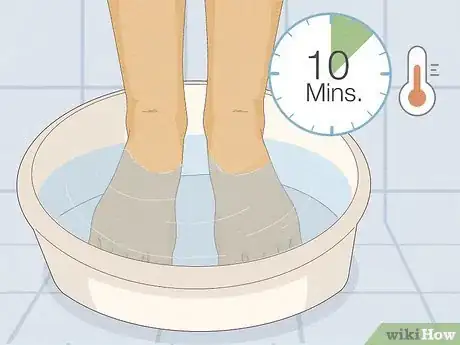

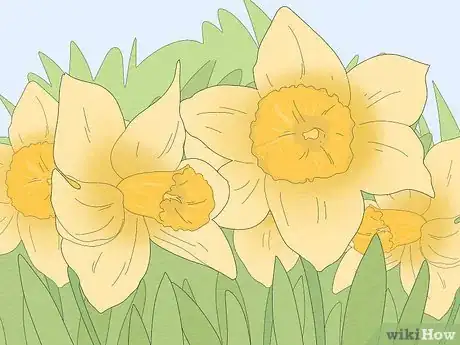
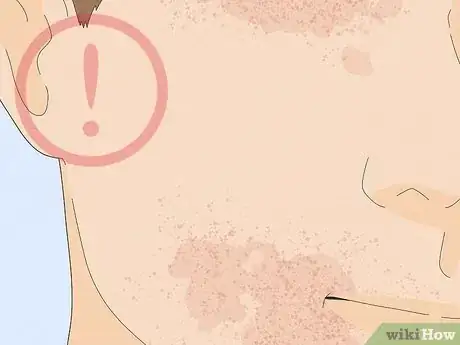
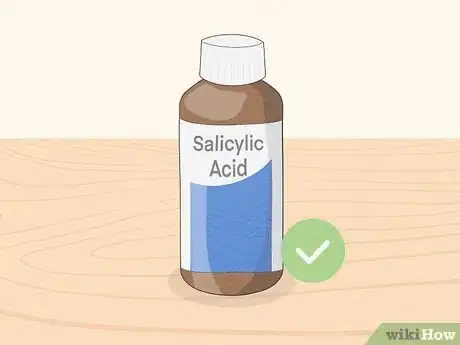

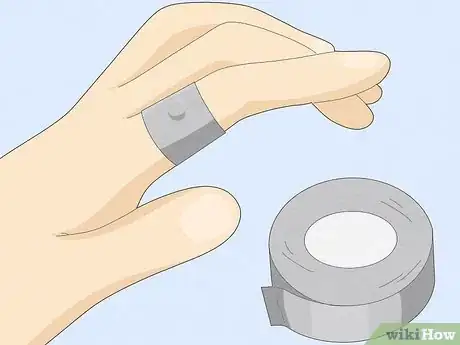

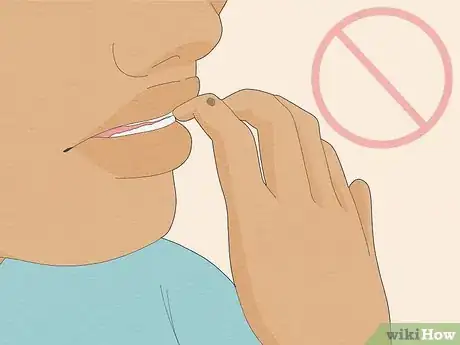
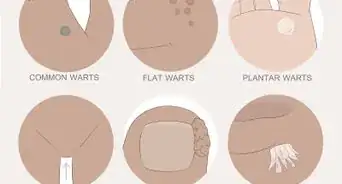
-Step-17.webp)
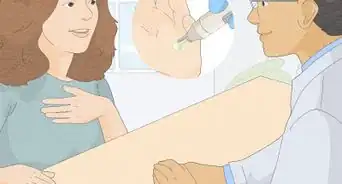
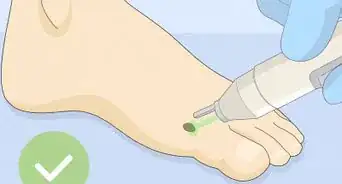
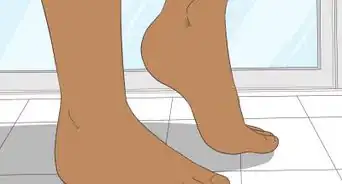
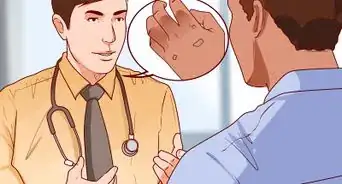
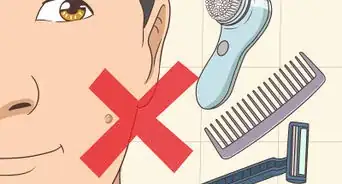
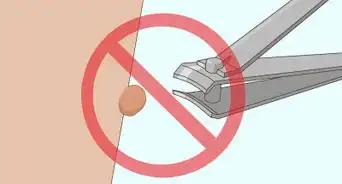
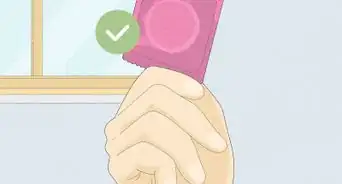
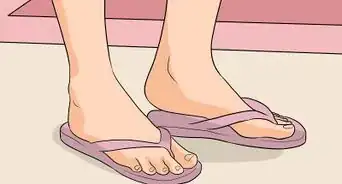
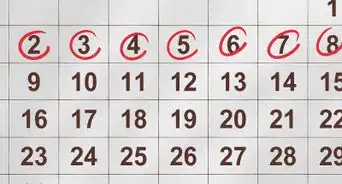
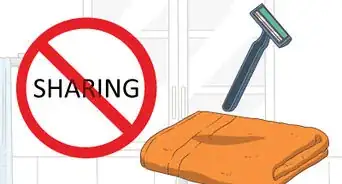

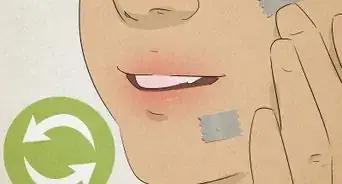










-Step-17.webp)
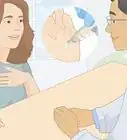
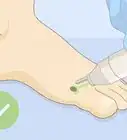



































Medical Disclaimer
The content of this article is not intended to be a substitute for professional medical advice, examination, diagnosis, or treatment. You should always contact your doctor or other qualified healthcare professional before starting, changing, or stopping any kind of health treatment.
Read More...